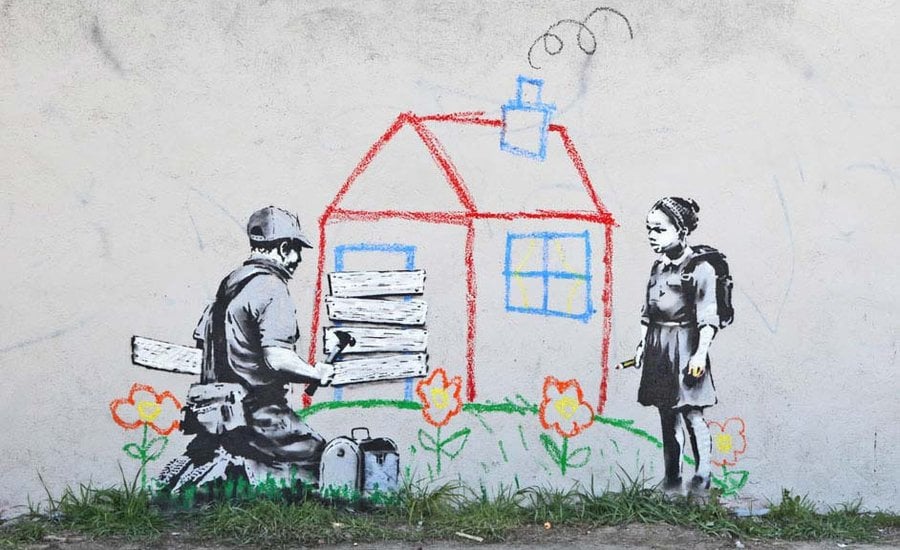
Lauren Oyler of The New York Times recently wrote about ‘necessary’ art, highlighting how, in a time where social change is abounding, we feel the need to be aware of social issues and help incite change. Nowadays we have less time and more content to sift through than ever before. Oyler notes how our attention spans are ‘fragmenting’, forcing us to ‘prioritise’ the art we consume based on how relevant, how important, how necessary, it is. These observations ring uncomfortably true for me, conjuring up an important question: Are we all abandoning art in favour of politics?
It is true that, as the internet continues to play a bigger part in our lives, our sense of social responsibility is growing; Our status as global citizens has been altered by the fact that anyone with an internet connection now has instant access to an infinite stream of world news. We are being pummelled by headlines that address an increasingly broad range of issues at an accelerating rate, amplifying both our awareness and emotional investment in the process. Meanwhile, as the internet continues to give a platform to marginalised voices and connect likeminded people, grassroots social movements are blossoming alongside a boom in populist politics. In the UK, political engagement is growing, particularly amongst younger generations, and this trend lies in direct correlation with the effects of social media. Being ‘woke’ holds more cultural capital than ever and, at a time when big businesses are utilising topical social issues to engage consumers (the success of this controversial Nike ad is a great case in point; while this catastrophic flop by Pepsi and Kendall Jenner attests to the cruciality of political correctness today), politics is permeating even the most trivial parts of our day-to-day lives.
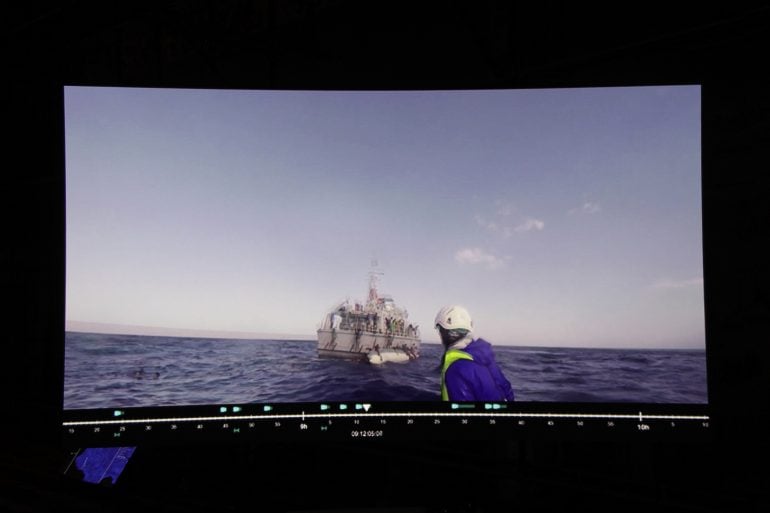
If the zeitgeist of popular culture is becoming increasingly politicised, then, what does this mean for art? The Manifesta Biennial, an institution which has major hand in the trajectory of the contemporary art industry, saw its 2018 fair filled with highly charged works that address pertinent social and environmental issues. One of these, a piece called ‘Liquid Violence’, commented on governmental responses to refugee rescue operations at sea. That the work’s creators, Forensic Architecture, are Turner-Prize nominated (an accolade shared with the likes of Damien Hirst, Tony Cragg and Tracey Emin), speaks volumes about the significance of such art work today. Similarly, while working at Supermarket Art Fair in Stockholm last year, I was struck by an atmosphere of activism that buzzed around the booths. Among works shown by fifty-three exhibitors from four continents, a 14-strong collective from Tanzania who use their art as a ‘tool for change’ and a roaming Trump impersonator, stumbling and tangerine-painted, are two that particularly stuck with me. Even the Royal Academy of Arts Summer Exhibition, an intrinsically popular affair, has become more politicised, under Grayson Perry’s satirical curation. Anyone for a portrait of Nigel Farage, artfully hung beneath a sick bucket?
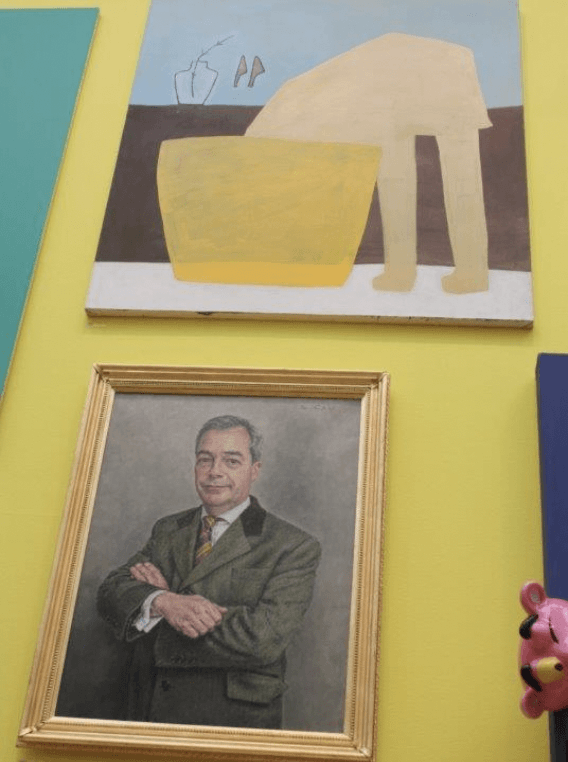
Does all this mean that art today is deemed more valuable, the more political it is? At this point in time, this really seems the case. But I am sceptical. Yes, contemporary art that is characterised by its commentary on social, environmental and political issues, is having a ‘moment’ in pop culture. But the art world is seeing a flurry of other activity take place alongside this movement, not least the booming industry of Instagram-based artists, illustrators and graphic designers who are selling decorative prints directly to consumers; the unprecedented spike in the value of Old Master’s work, and the continuing roster of blockbuster exhibitions like Yayoi Kusuma’s ‘Infinity Mirrors’ and Do Ho Suh’s ‘Almost Home’ which provides an immersive sensory experience that appeals to social-media users.
The politically charged, ‘necessary’ art of today does not mark a permanent shift in the nature of art. What we are observing is simply a trend; a perfect example of art’s tendency to reflect the mood of its time. In its ability to imitate life, and vice versa, art has always reflected the contexts in which it is created and received. Oyler notes how, in the 20th century, a time of huge political and social change, popular artistic movements responded directly to a changing world. At the turn of the century, Futurists endeavoured to convey the dynamism of an industrial world; post WWII, the Abstract Expressionists rejected social commentary in favour of exploring and expanding the possibilities of artistic form; the Pop Artists of the 1960s responded to new ideas of mass reproduction and consumption.
This begs the question, what does ‘political’ even mean? Even the most seemingly apolitical forms of art, like Abstract Expressionism, in fact make bold statements about the need for art for art’s sake in the wake of war. It is an unavoidable fact that art reflects the needs and desires of the artist and audience, its creators and interpreters. It is mediated by us all, and, is consequently tied up with our politics, economics, and cultures.
Art, it seems, can be whatever we want it to be. And in these uncertain times, it remains the best way to express and address the problems that face us: from Banksy’s ‘Season’s Greetings’ of December 2018, which poignantly illustrates the reality of pollution, to Eliza Hatch, the photojournalist composing portraits of victims of sexual assault via her viral Instagram account Cheer Up Luv, to Donald Glover’s video as Childish Gambino for This is America, which made an iconic statement about the hypocrisies of gun violence and racial discrimination in the U.S.
But for others – even the same people on a different day – art can act as valuable escape. Case in point: I recently visited Martin Parr’s Only Human exhibition at the National Portrait Gallery. The show was rich with content: His photographs are busy, full of the paraphernalia of life, and each section addressed a different theme. I could have spent my time absorbed in the clever subtlety of his compositions and uses of colour, or engaged in the blaze of very British debates that his work stokes. As it happens, I didn’t do either of those. Instead, I found myself smiling at the sometimes frivolous, sometimes mundane moments of human life that Parr captures. I admit that I felt quite misty-eyed as I left the exhibition, with a renewed sense of joie de vivre.
I felt certain, then, that art is not giving way to the weight of political crises. Because art really is necessary. But it is necessary in its ability to convey both politics and beauty; to express and remedy every intricacy of human life; remind us of the sheer joy, pain, complexity and brilliance of it, whenever and however we may need it.
Filed under: Art & Photography, Politics
Tagged with: activist art, conceptual art, gallery, Grayson Perry, instagram, Martin Parr, National Portrait Gallery, politics, popular culture, public art, youth culture
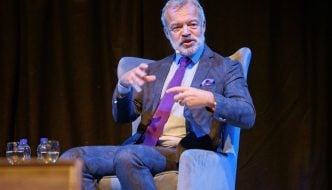

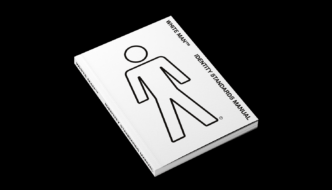
Comments